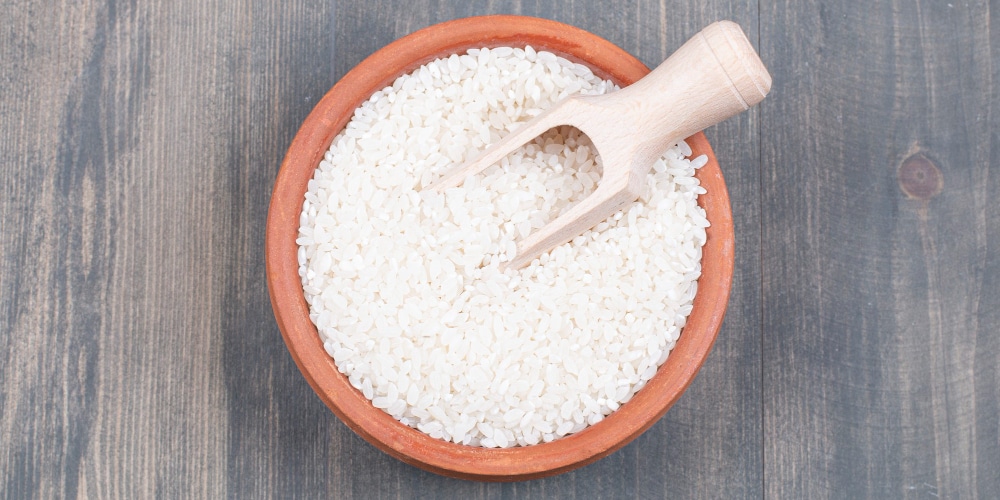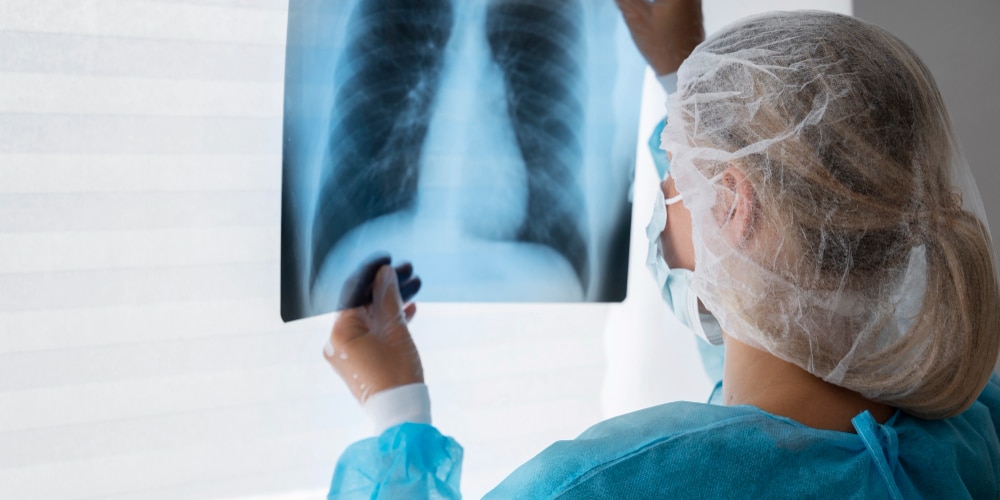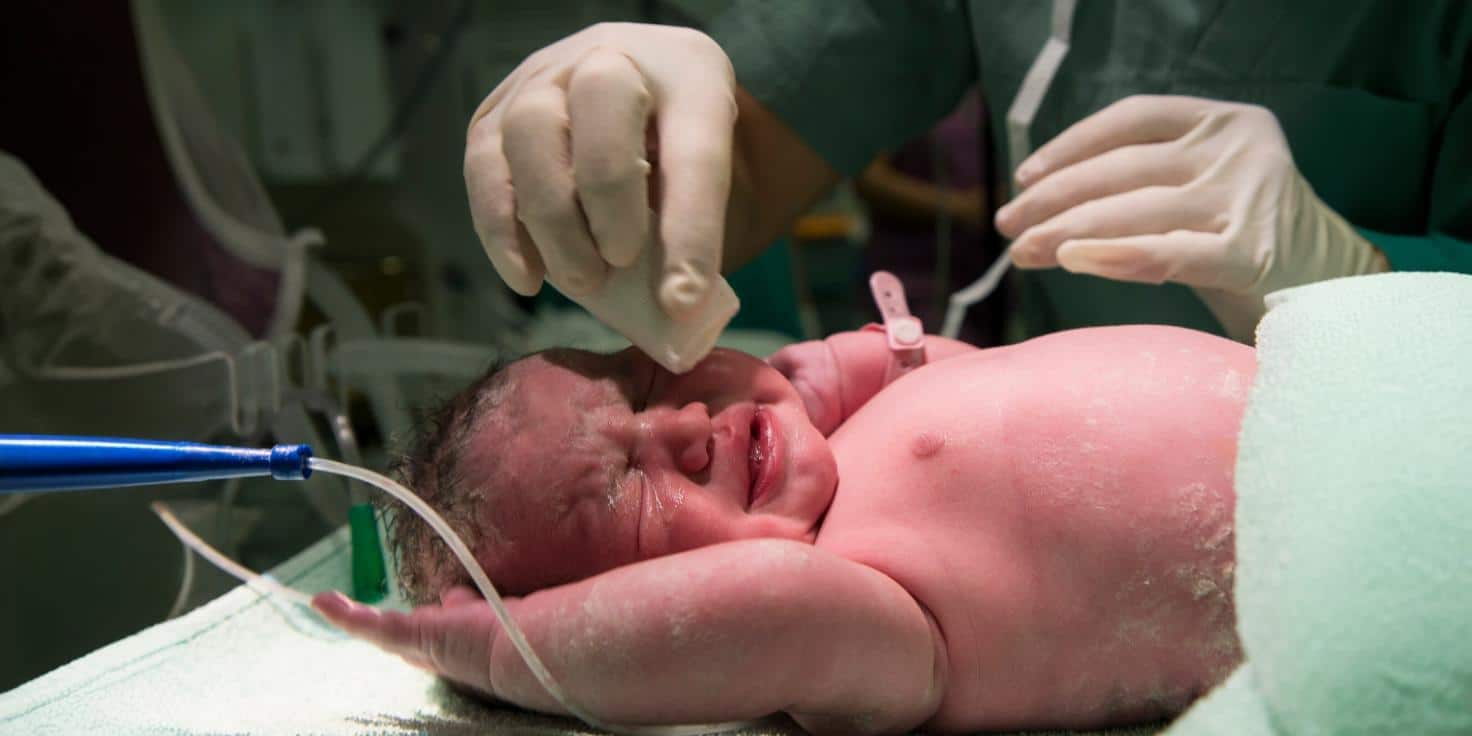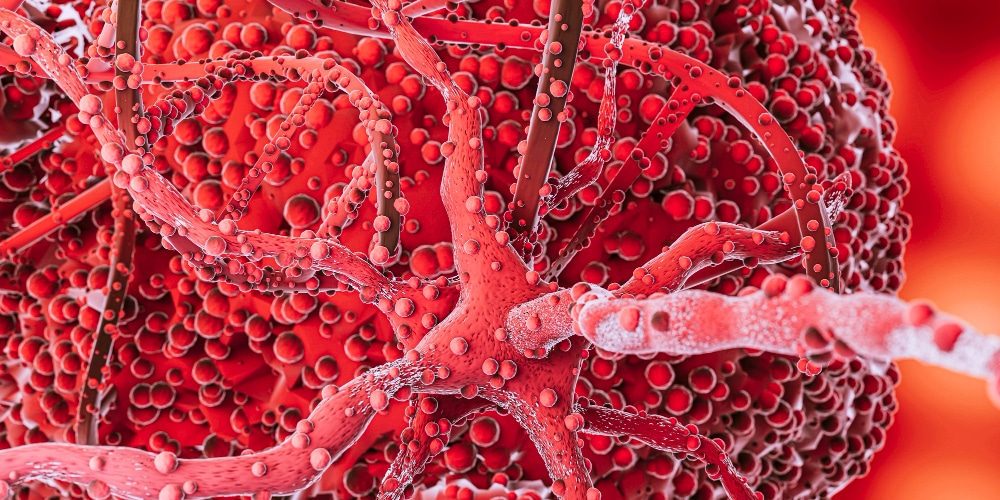Latest
Two decades of service, yet ASHA workers’ demands remain unheard
Almost two decades after the launch of the programme, ASHA workers' demands for fair wages and better incentives remain largely unheard and unmet.
Author
Author
- admin / 2 months

- 0
- 13 min read
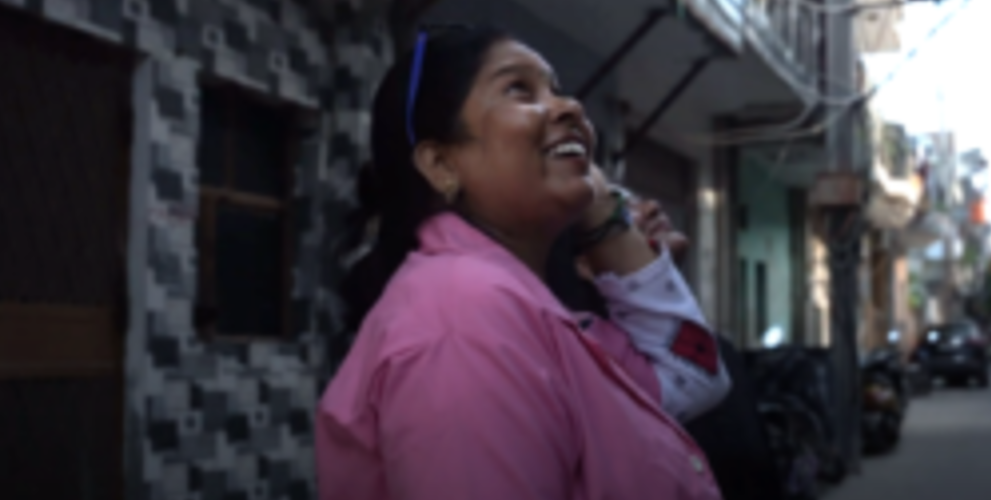
Author
Reeta Bhardwaj walks through the serpentine lanes of Sangam Vihar in New Delhi in her pink coat, a hardback register pressed to her side, pen ready for the day’s tally. She moves ahead—knocking, greeting, teasing a smile from toddlers, and reminding new mothers about vaccinations. Here, in South Delhi’s dense maze, she is more than a health worker; she’s the neighbourhood’s steady presence, the one everyone calls “darling.”
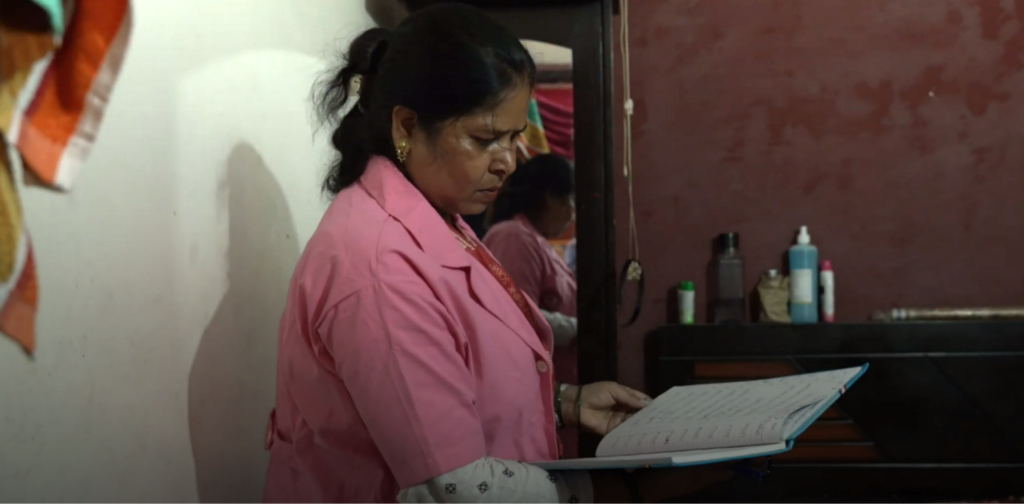
Her path into public health began almost by accident. In 2008, after the anganwadi system took root in her area, women from the dispensary gathered a few of them and spoke about a new role—someone who would look after mothers and babies, make sure deliveries happened in hospitals, not at home. Reeta signed up. Fifteen days of training followed: how to hold the newborn, how to log a birth, how to counsel gently but firmly. In Sangam Vihar’s mixed-income pockets, acceptance took time. The more well-to-do families, who preferred private hospitals over public services, asked to see identification; only after her card arrived did doors open easily.
Reeta’s story mirrors the journey of over nine lakh ASHA workers across India—women whose daily labour keeps the country’s public health system alive. This year marks twenty years since the launch of the Accredited Social Health Activist (ASHA) programme under the National Rural Health Mission (NRHM). Yet almost two decades later, their demands for fair wages and better incentives remain largely unheard and unmet.
Who are ASHA Workers and what is their role?
Accredited Social Health Activists, popularly known as ASHA workers, were introduced in 2005 under the National Rural Health Mission (NRHM)—later expanded into the National Health Mission (NHM). Chosen from the very communities they serve, these women act as the bridge between households and the public health system. Typically aged between 25 and 45, often married, widowed, or divorced, they are expected to have at least a Class 10 education, though exceptions are made where needed.
According to the Annual ASHA Update 2020–21, as of March 2021, there were 9,83,032 ASHAs in position across India against a target of 10,34,630, which reflects 95 per cent completion. Of these, the majority were working in rural areas under the National Rural Health Mission (NRHM), where 9,14,101 ASHAs were in place against the target of 9,56,672, amounting to nearly 96 per cent coverage.
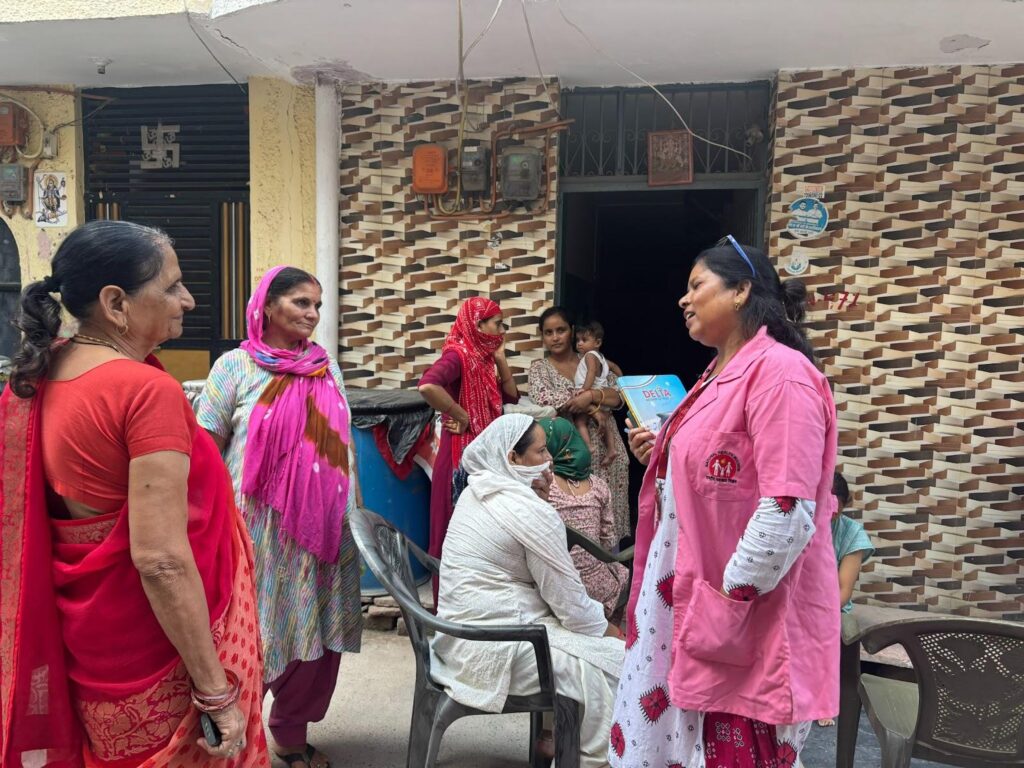
In urban areas under the National Urban Health Mission (NUHM), there were 68,931 ASHAs in position against a target of 77,958, which is about 88 per cent of the requirement. State-wise, the highest numbers of ASHAs were reported from large states such as Uttar Pradesh with 1,55,070 in rural areas and 6,968 in urban areas, Bihar with 87,655 in rural and 582 in urban, Maharashtra with 60,816 in rural and 7,522 in urban, and West Bengal with 54,109 in rural and 5,701 in urban.
In contrast, smaller states and Union Territories had the lowest figures, such as Lakshadweep with just 101 ASHAs in rural areas and none in urban areas, Andaman and Nicobar Islands with 394 in rural and 10 in urban, and Sikkim with 641 in rural and 32 in urban.
Their role is both vast and intimate. ASHAs are the first point of contact for health concerns in their locality, especially for women and children. They ensure antenatal check-ups, accompany mothers to hospitals for safe deliveries, track newborns and immunisations, and educate families about breastfeeding, nutrition, and sanitation. They are foot soldiers in vaccination campaigns, tuberculosis and malaria screenings, and even in the promotion of family planning—explaining pills, condoms, and spacing methods while urging medical supervision. In addition, they keep meticulous records of births, deaths, and illnesses, and carry essential supplies: oral rehydration salts, contraceptives, iron tablets, and basic medicines.
It is work that sounds clinical on paper, but in practice is deeply personal—shaped by daily visits, trust built door-to-door, and conversations often lasting no more than ten minutes at a household.
For Reeta, mornings start at 5 a.m. with cooking and household chores, before she sets out with a bag of medicines and a list of women and children to check on. She spends nearly five hours walking through the narrow lanes, often revisiting the same family if a newborn is unwell or a mother needs reassurance. The local dispensary serves as her storeroom, but her real workplace is the neighbourhood itself. Married at 14, Reeta has long learned to manage her family’s needs alongside her duties as an ASHA worker—fitting school runs and meal preparations into a schedule that also includes antenatal checklists and vaccination records.
And this work has had documented benefits. A study from Uttar Pradesh and Bihar indicates the positive attitude and engagement of ASHAs in polio immunisation rounds. Over 95 per cent of ASHAs in the study agreed that supplementary immunisation campaigns for polio helped boost acceptance of other vaccines as well. Furthermore, between 56 per cent and 71 per cent of ASHAs believed that polio activities benefited their broader healthcare responsibilities.
Another study emphasises how ASHAs were pivotal in overcoming vaccine hesitancy and trust mismatches. Community mobilizers formed essential connections between households and health systems, with ASHAs serving as the local trusted bridge. Mobilizers established rapport with resistant families, ultimately facilitating cooperation and vaccine uptake—especially among migrant families and reluctant caregivers.
Reeta has watched the shift up close. “Home deliveries have stopped; now they take pregnant women to hospitals. Family planning awareness has also improved,” she said.
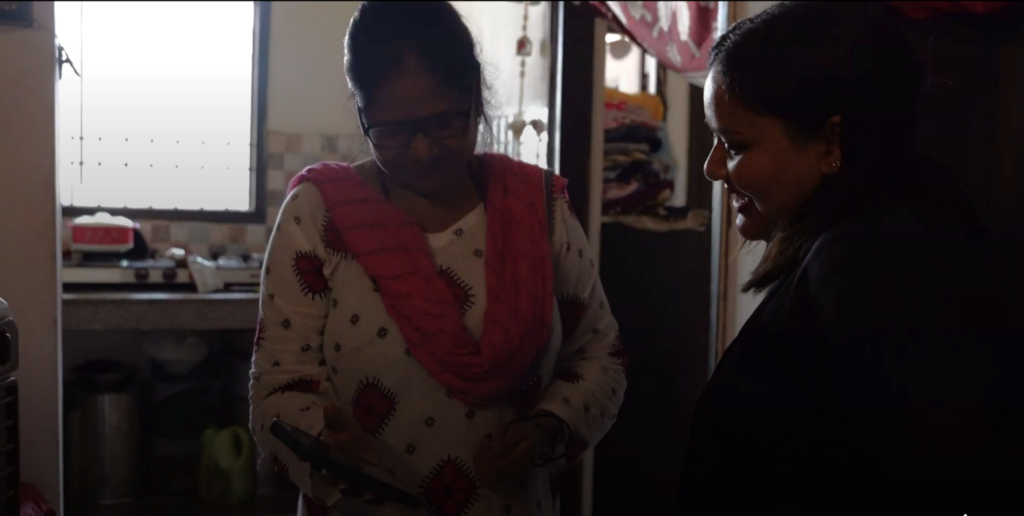
Yet Reeta’s own origin story explains the stakes. When she was about 10 years old, her parents took her to their village in Banaras. There, she witnessed her aunt’s delivery. A few days later, her aunt died. Within days, the newborn also passed away—without breast milk.
At the time, Reeta couldn’t understand what had happened. It was only as she grew older that the questions began to form in her mind. Back then, she says, everything depended on waiting—waiting for the husband to return, for money to be arranged, for someone to decide the next step. Those delays were often fatal.
“Today it’s different,” she adds. “Now ASHA workers are there. If someone is pregnant, an ASHA takes her for treatment, reminds her of check-ups, makes sure nothing is delayed.”
ASHA workers: the frontline warriors during the COVID-19 pandemic
During the COVID-19 pandemic too, ASHA workers emerged as indispensable front-line warriors, conducting door-to-door surveillance, mobilising communities, educating families, facilitating testing and vaccinations—even as many balanced these duties with household responsibilities.
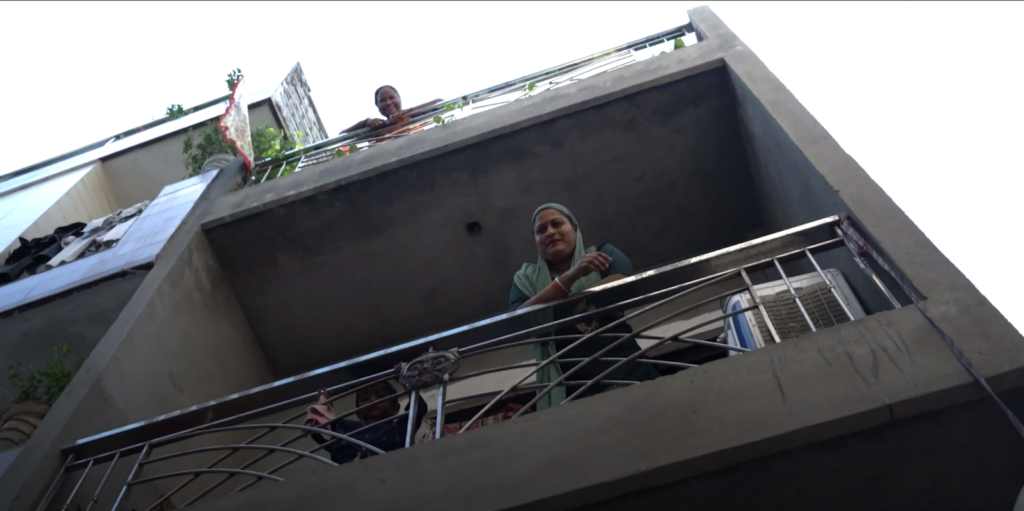
A gender-focused review further highlighted how many lacked equitable access to COVID-19 prevention kits, psychosocial support, or institutional backing—amplifying existing inequalities and vulnerabilities.
They were also at the receiving end of the people’s ire during the pandemic in many places. For instance, ASHA workers were targeted by local residents of Bengaluru’s Sadiq layout for trying to carry out tests on people who had symptoms of COVID-19. ASHA workers and an Anganwadi worker who had been collecting information about the health of the people in the containment zone at Kuduchi town in Karnataka were also attacked by a mob of more than 15 persons.
In a shocking incident in the Chandigarh region, an ASHA worker named Prakash Kaur was attacked—along with her family—for reporting the arrival of migrant labourers and notifying authorities; the violence exploded after she fulfilled her public health duty.
“During COVID, we faced many issues. We didn’t get sanitiser from the dispensary, and our salary was so low—how could we manage? Still, we bought it ourselves and went to patients. We marked houses with slips to warn others, but people and police created chaos. Many shut doors on us, saying we would spread COVID. Even today, people still comment like this,” Reeta recalls.
A year into the pandemic, Reeta lost her daughter in a road accident. Her moist eyes showed how suddenly life had become heavier for her.
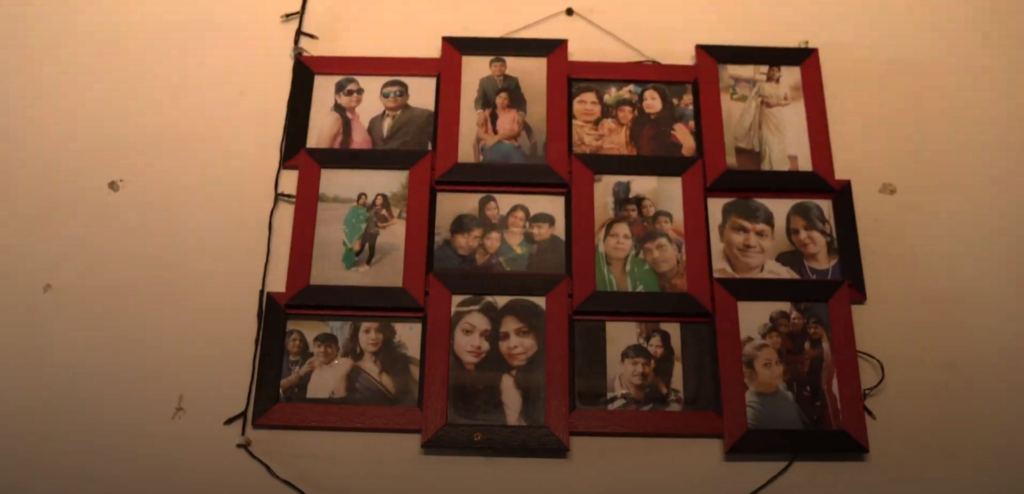
Despite the impact of their work, ASHA workers complain of meagre wages and few benefits
However, despite the impact and importance of their work, most ASHA workers would say that they are not compensated fairly. As per a Lok Sabha response just a few months back, ASHA workers in India receive a fixed monthly incentive of Rs 3,500 from the Union Government for routine and recurring activities (recently revised from Rs 2,000). In addition to this, they earn performance-based incentives for specific health activities, and are also eligible for team-based incentives (up to Rs 1,000) under Ayushman Arogya Mandirs.
Beyond central support, 28 States/UTs provide their own fixed honorarium or top-up incentives, which vary widely. For instance, Maharashtra and Sikkim provide the highest fixed monthly honorarium of Rs 10,000, followed by Kerala (Rs 7,000), Puducherry (Rs 7,000), Telangana (Rs 6,750), Haryana (Rs 6,100), Himachal Pradesh (Rs 5,500), and West Bengal (Rs 5,250). States like Karnataka (Rs 5,000), Rajasthan (Rs 4,500), Madhya Pradesh (Rs 4,000), Odisha (Rs 3,500), Uttarakhand (Rs 3,000), and Meghalaya (Rs 3,000) also pay notable honorariums.
In contrast, Delhi varies between Rs 500 and Rs 3,000, while states such as Bihar, Assam, Tripura, and Manipur provide only Rs 1,000 per month. Some regions like Jammu & Kashmir, Ladakh, Lakshadweep, Mizoram, Nagaland, and Tamil Nadu do not provide any fixed honorarium.
This disparity highlights the uneven recognition and compensation of ASHA workers across the country, despite their critical role in grassroots healthcare delivery. For Reeta, these figures translate into hard choices at home. She was married at 14 and became a mother soon after. When she began working as an ASHA in 2008, her younger son was just two, her daughter four, and her eldest eight. She would make her morning rounds with medicines in her bag, but return home every couple of hours to check on the children.
Back then, her pay was Rs 500 a month. Today, it stands at Rs 3,000—barely enough to cover school fees. “In this inflation, they give only three thousand rupees,” she said. “You pay four thousand just for a child’s education. Salaries don’t come for months, and if a pregnant woman I cared for delivers in her native village, I get nothing—nine months of work, zero pay.”
Even so, she never considered giving up the job. She put her children through government schools, occasionally trying private ones until the fees rose beyond reach. The family cut corners where they could, but she carried on. What stings, Reeta admits, is not just the low and irregular wages but the casual dismissal of her work. “Sometimes people say, ‘What do ASHA workers even do?’ It makes me so angry, I feel like strangling them!”
Why have ASHA workers been protesting over the years?
In recent months, ASHA workers across the country have intensified their protests, demanding fair wages, social security, and recognition for their two decades of service. The latest wave of agitation came from Kerala, where ASHA workers resorted to dramatic acts of dissent, including shaving their heads and going on indefinite hunger strikes, to press their demand for a substantial hike in honorarium—from the current Rs 7,000 to Rs 21,000 per month—along with a lump sum retirement benefit of Rs 5 lakh at the age of 62. A government appointed committee has recently recommended a hike of Rs 1,000 to Rs 1,500, but the workers were left disappointed, as many of their other demands never made it to the list. Their struggle underscores the growing frustration over low pay despite the essential services they provide.
In Lucknow, ASHA workers staged protests highlighting their financial distress due to irregular and inadequate income. They disrupted health services to push for a fixed salary structure, the status of state employees or contractual staff, and inclusion in schemes like Ayushman Bharat. Many pointed out that while they worked tirelessly during the COVID-19 pandemic, they received little beyond verbal appreciation and token recognition.
Earlier in New Delhi, hundreds of ASHA workers from across the country gathered at Jantar Mantar under the banner of the ASHA Workers and Facilitators’ of India, affiliated to CITU. They demanded that their remuneration be aligned with the minimum wage, pegged at Rs 26,000 per month, along with regularisation of services, social security benefits, Rs 10,000 monthly pension, six months of paid maternity leave, 20 days of casual leave, and medical leave. Other demands included payment of travel expenses, immediate clearance of dues, compensation of Rs 50 lakh for families of ASHA workers who died during COVID-19 duty, implementation of the POSH Act, provision of rest rooms in all primary health centres, and allocation of six per cent of the GDP to the health sector.
Reeta remembers those days of the Delhi protest: “The heat from 7 a.m. to 2 p.m., no water facility or washrooms, the exhaustion that made everyone ill. Two months of striking during COVID-19 ended with two months of wages cut—and dues still pending.”
She has learned to argue with doctors when a patient needs attention and the system looks away. She pointed out that many ASHA workers around her are widows—some lost their husbands to COVID, some others to alcoholism—yet they continue to raise their children on the meagre incentives they receive, stretching every rupee to keep their families afloat. The demand, she says, is not abstract: a fixed salary of around Rs 30,000. From 2008 to 2025, she asks, what have ASHAs really received?
Changes are happening; but is it enough?
In 2024, Delhi Lieutenant Governor V. K. Saxena urged the AAP government to raise ASHA workers’ monthly stipend from Rs 3,000 to Rs 9,000, noting that it had not been revised since 2018 despite a mandate for revisions every three years. Some states, such as Punjab, now extend other benefits like maternity leave to ASHA workers.
Also, at a Rajya Sabha session in March this year, Union Health Minister J. P. Nadda announced that the Mission Steering Group of the National Health Mission (NHM) has approved an increase in financial remuneration for ASHA workers. He lauded ASHAs as “grassroots foot soldiers” whose efforts have substantially reduced maternal and infant mortality. He also assured that dues owed to states, including Kerala, had been released, subject to receipt of the requisite utilisation certificates.
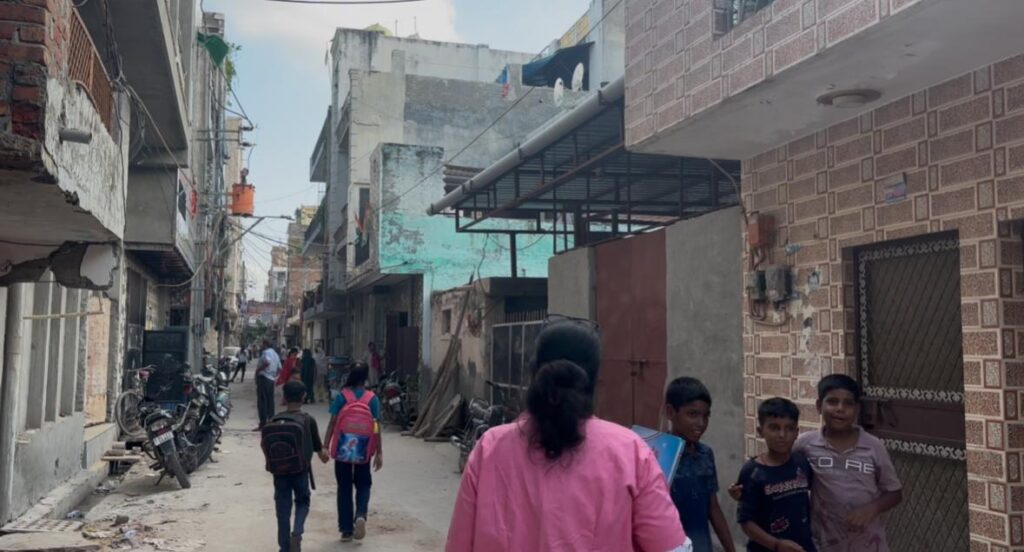
Seventeen years in, Reeta’s register is more than names and dates. It’s the web of relationships she has stitched across an entire neighbourhood—from newborns to 18-year-olds who now greet her with mock-dramatic cheers: “Darling aa gayi!” She laughs, scolds, and cajoles. She will tell you she hasn’t earned much in life, but she has earned lifetime’s worth of memories: “When these children grow up, they will remember the woman in a pink coat who kept showing up.”
Also read: Digital health and community drives cut mental health risks: study
Do you have a health-related claim that you would like us to fact-check? Send it to us, and we will fact-check it for you! You can send it on WhatsApp at +91-9311223141, mail us at hello@firstcheck.in, or click here to submit it online.
